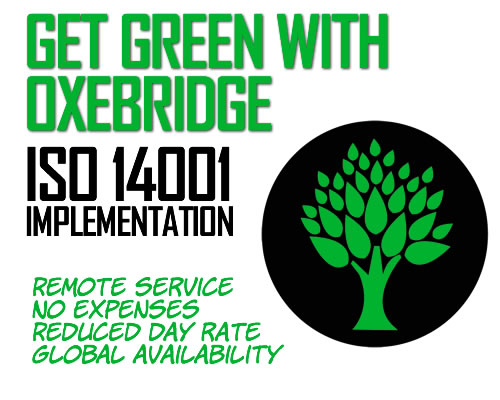ISO has released a new guidance document, ISO/TS 9002 “Guidelines for the Application of ISO 9001:2015,” and it’s already a confusing mess. The problem, of course, is that for over a decade ISO used the number “9002” to refer to a different standard, which was discontinued in 2000.
When ISO 9001 was first created in 1987, it was released as one of a set of three QMS standards: ISO 9001 would be for all organizations, ISO 9002 was for “build to print” shops that didn’t do design, and ISO 9003 was for shops that only did inspection. It was a boneheaded mistake that ISO later, in 2000, tried to fix by allowing exclusions to clauses in the production-related sections of the standard; it cancelled publication of 9002 and 9003 as a result, and released only ISO 9001 from thereon.
ISO apparently thought 15 years was sufficient enough time for people to forget about 9002 and 9003, but they were wrong. Already on LinkedIn, we see people asking what the new ISO/TS 9002 is, and a host of people chiming in that it’s a defunct standard from the 80’s. In short, ISO’s marketing department has yet again boned up their one job. Here’s a client services rep from registrar Bureau Veritas getting it wrong:

The new TS 9002 document is a craven and overt attempt for ISO to wring more dollars out of its already bled-bone-dry flagship product, ISO 9001. Whereas ISO and WTO rules stipulate that international standards are to be written in a clear and concise manner, and thus not necessarily dependent on any explanatory material, ISO ignores this and publishes an intentionally confusing ISO 9001 standard, and then a series of companion “guideline” standards intended to decipher it. Alongside TS 9002, ISO will be publishing a “Small Business Handbook” for implementation of ISO 9001, much of which merely repeats what is published in TS 9002. All told, you’ll not only have to buy ISO 9001 at the $180 price point (or whatever it is right now), but then pile on a few hundred more to get the companion pieces. Then, of course, you can buy all those expensive $1,000-a-head seminars given by the TC 176 authors, if you really hate having money in your wallet.
If it all smells like a scam, it just means your nose is working properly. Whereas the original MIL-Q-9858 standard for quality system was only nine pages long and required no additional supporting material to explain it — and was issued for free — ISO prices its standards based on page count. Thus ISO 9001:2015 has ballooned into a 40-page monstrosity where 40% of the text (literally – I’ve counted them) is explanatory annexes, tables and introductory material, and which still requires you to buy an additional 46-page monstrosity (TS 9002) and yet another 165-page beast (at least it was last time) for “ISO 9001 for Small Businesses.”
Who gets that money? As a not-for-profit, the revenue flows to only two major expense columns: salary of ISO execs, and operating costs like the rent on ISO’s huge glass eyesore in Geneva. None of that goes back into standards development. None.
Good gig if you can get it.
Christopher Paris is the founder and VP Operations of Oxebridge. He has over 35 years’ experience implementing ISO 9001 and AS9100 systems, and helps establish certification and accreditation bodies with the ISO 17000 series. He is a vocal advocate for the development and use of standards from the point of view of actual users. He is the writer and artist of THE AUDITOR comic strip, and is currently writing the DR. CUBA pulp novel series. Visit www.drcuba.world








